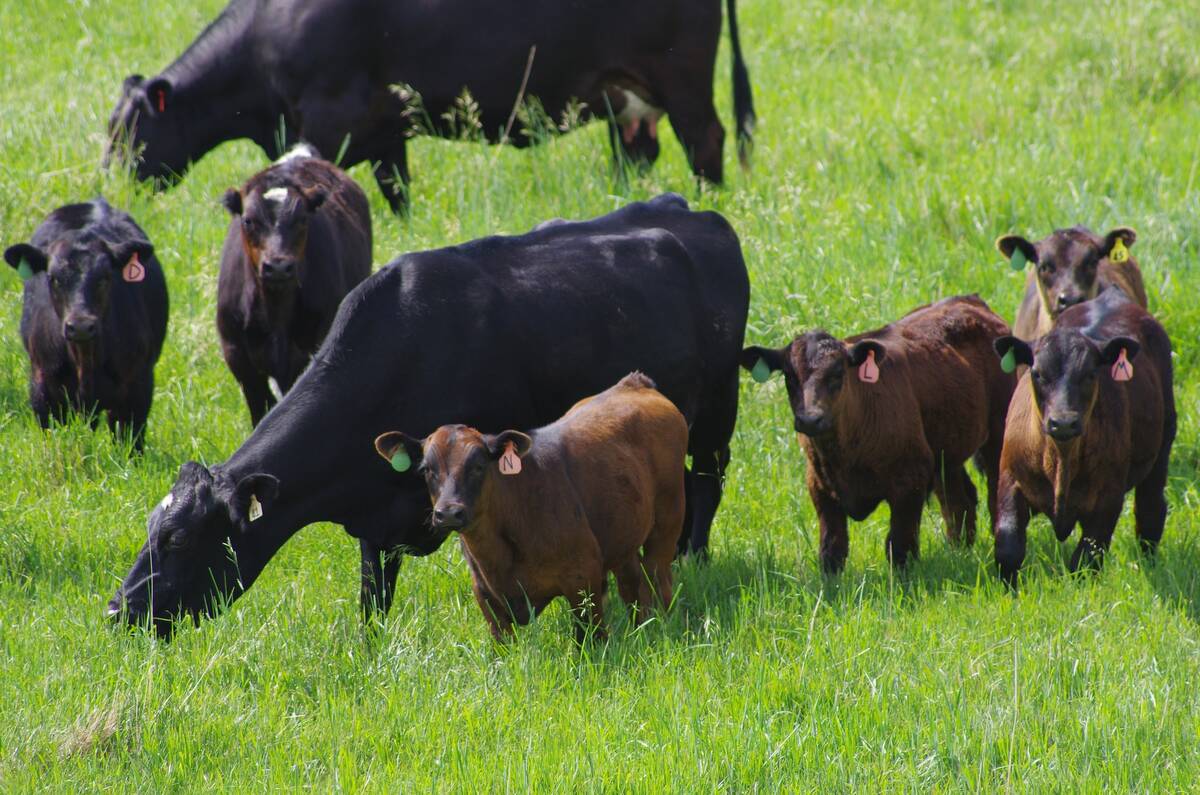When the tractor is hop, hop, hopping down the road, producers need to consider the cause of the unruly behaviour.
Reed Turner, Alberta provincial agricultural engineer, says producers should experience that road-gear bounce first thing on cool mornings. But if it persists for more than 10 minutes or doesn’t happen at all, they should investigate.
Out-of-round tires or wheels cause road lope. The bouncing motion can cause equipment damage or accidents if it is too dramatic or occurs violently at higher transport speeds.
“And it isn’t power hop. That is a completely different problem that occurs when a tractor is under load in the field,” he said.
Read Also

Manitoba extends Crown land rent freeze
Manitoba government links the continued rental rate freeze on grazing and forage leases to economic and environmental challenges facing the industry
“(Lope) happens when the tractor is transporting, unloaded from one place to another.”
Turner said the two hopping conditions are caused by vibration that is generated between the tractor and ground, but that is where the similarity stops.
“Power hop generally is a problem for four-wheel drive or (mechanical front wheel-assisted) tractors,” he said.
It occurs when the fore and aft tires are gaining and losing traction at different rates and the tractor starts a porpoise-like motion. This problem can be repaired usually through adjusting air pressure in the tires.
Road lope troubles are generally not as easy to fix.
“On a cold morning the tires should be out-of-round and until they’ve flexed a bit and warmed up, they should provide a rough ride, especially radials. If the ride is smooth, then the producer probably has overinflated tires,” he said.
Tire manufacturers recommend that radials be inflated to the lowest recommended pressures and tractors should be ballasted to the highest weight allowed for the tractor and tire combination.
Goodyear recommends between eight and 12 percent slippage for four-wheel drive tractors and 10-15 percent for two-wheel drive.
Prairie Agricultural Machinery Institute analysis has shown that between eight and 15 percent tire slip will create the best compromise between tire life, fuel consumption, productivity and driveline durability.
Slip is necessary for fuel and tire efficiency and in the right balance actually prevents serious field surface disturbance.
But to achieve the best possible traction, the tire must have the greatest possible contact with the ground, causing the bottom of a resting tire to flatten.
If the road lope doesn’t go away after a few minutes of use, then the tire or the wheel is defective and a trip to the tire or equipment dealer for warranty repairs may be necessary.
“Tires can be reground on a big lathe-like machine to make them round again. A (wheel) rim can oval or have a poorly centered hub and should be replaced,” Turner said.
“Generally it isn’t the farmer’s fault.”














